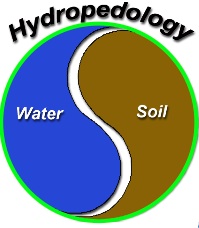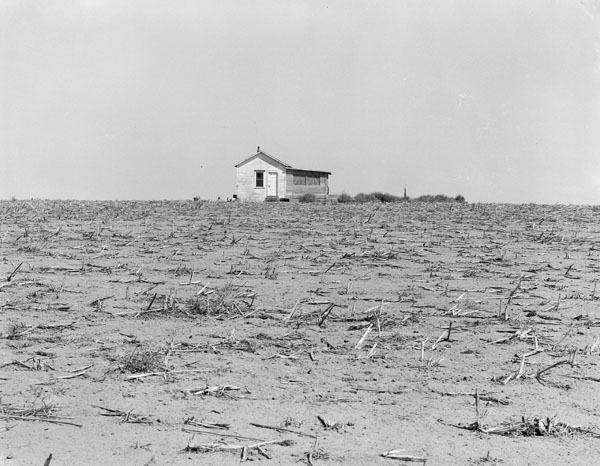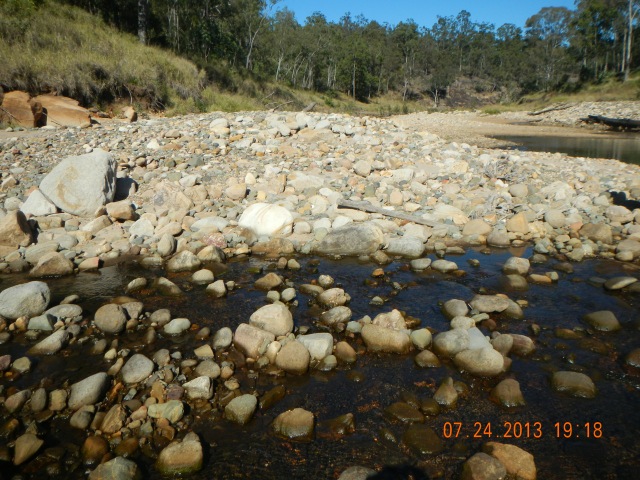A number of theories in geomorphology, ecology, hydrology, etc. are based on the idea that Earth surface systems (ESS) develop according to some optimal principle or goal function. That is, the ESS develops so as to maximize, minimize, equalize, or optimize some quantity—energy, exergy, entropy, work, mass flux, etc. Some of these notions have some explanatory power and have resulted in some important insights. However, they have always bothered me--no one has ever been able to convince me that there is any inherent, a priori, rule, law, or reason that, e.g., a hillslope or a stream channel or a soil would operate so as to optimize anything. The conservation laws for mass, energy, and momentum are the only laws of nature that absolutely must hold everywhere and always.
So how does one explain the apparent success of some optimality principles in describing, and even predicting, real ESS behavior?
Suppose we use P to represent possible developmental pathways for an ESS. An optimality principle is essentially arguing that a particular P among all those possible is the most likely1. But the sufficient conditions for a particular path need not invoke any extremal or optimal goal functions.





